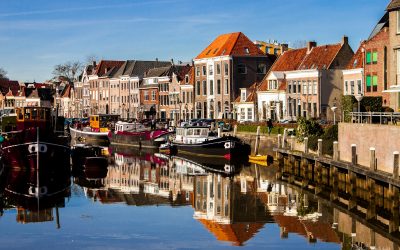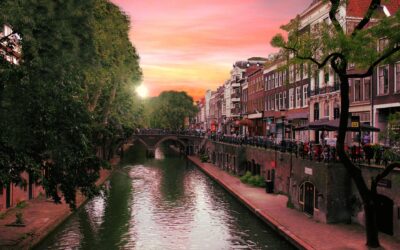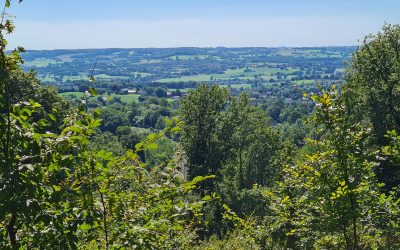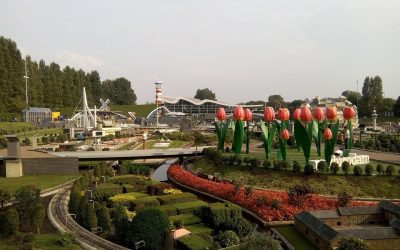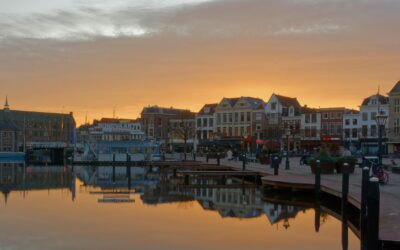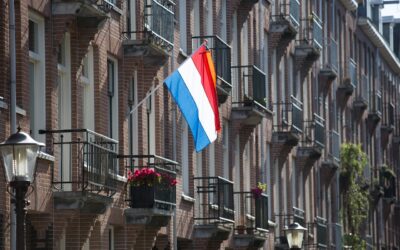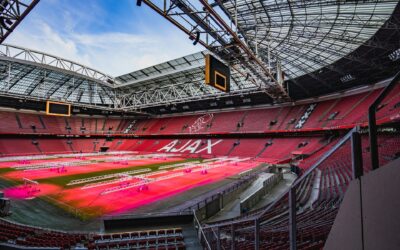Discover the charm of regional languages in the Netherlands and learn where to find them. Read now to learn more about it.
About Regional Languages in the Netherlands
Although the Netherlands is a relatively small country, it offers a surprising amount of cultural diversity. One of the most fascinating aspects, in fact, is its variety of regional languages. While it’s widely known that Dutch is the official language, many people are unaware that several vibrant regional languages are still spoken across the country.
Not only are these languages more than just historical dialects, but they are also living traditions—rich in color, history, and pride. As a result, they remain deeply cherished by local communities.
Why Regional Languages Matter When You Travel
When you travel through the Netherlands, don’t just stick to major cities like Amsterdam, Rotterdam, or Utrecht. Instead, consider venturing off the beaten path. If you truly want to experience the heart and soul of the country, learning about its regional languages is a great starting point. These languages, after all, tell unique stories about the people, their customs, and their local identities.
Discover What Makes These Languages Special
Regional languages in the Netherlands stand out for several reasons. For example, they feature distinctive sounds, vocabulary, and expressions that set them apart from standard Dutch. In addition, they often come with their own folklore, music, and festivals. As a result, when you visit these regions, you might even spot signs or place names written in the local tongue.
Each language has its own charm and identity. For instance, some may have Germanic roots, while others are softer and more lyrical. Exploring them is almost like stepping into a different world within each town or village.
Why These Languages Remain Popular
There are several reasons why regional languages continue to thrive in the Netherlands:
- Pride and identity: People often feel a strong connection to their heritage, so they keep their language alive.
- Community spirit: Using a regional language strengthens neighborhood bonds and fosters a sense of belonging.
- Cultural richness: These languages are filled with songs, idioms, and traditions that enrich the culture.
- Institutional support: Some are even officially recognized, which means schools and media help keep them alive.
Where Regional Languages Thrive
You can find regional languages throughout the country. However, certain areas are especially known for preserving their linguistic heritage:
- Friesland: The proud home of Frisian, the most widely recognized regional language.
- Groningen and Drenthe: Where Low Saxon echoes through daily conversations.
- Limburg: A region famous for Limburgish, a language with a soft, musical tone.
- Twente and Achterhoek: Areas where local dialects are part of everyday life.
Therefore, if you enjoy connecting with locals during your travels, these regions offer truly memorable experiences.
Regional Language 1: Frisian
Frisian is, without a doubt, the most prominent regional language in the Netherlands. Spoken in Friesland, this language is so significant that it holds the status of an official second language. Consequently, you’ll find Frisian on signs, in schoolbooks, and even in government communications.
What Makes Frisian Special?
Frisian is especially interesting because it is closely related to English. For example, the Frisian word for “cheese” is tsiis, which clearly resembles its English counterpart. This connection makes learning Frisian both fun and fascinating.
Where to Experience Frisian
To truly experience Frisian culture, consider visiting Leeuwarden, the capital of Friesland. Here, you’ll find Frisian bookshops, theaters, and TV channels. Furthermore, during local events, you can enjoy music and performances in Frisian.
Talk to Locals in Frisian
Most people in Friesland speak both Dutch and Frisian. Therefore, if you make an effort to say a few words in Frisian, you’re likely to receive a warm and enthusiastic response.
Regional Language 2: Low Saxon
Spoken across several northeastern provinces—including Groningen, Drenthe, Overijssel, and parts of Gelderland—Low Saxon is not just one dialect, but a group of closely related ones. Nevertheless, they share enough in common to form a distinct linguistic identity.
Why Low Saxon is Fun to Learn
Low Saxon has a distinctive sound, often featuring a soft G and melodic vowels. Consequently, it tends to sound warm and inviting. Locals feel strongly connected to this language, using it at home, in schools, and during festive occasions.
Where to Hear Low Saxon
When you visit places like Emmen, Enschede, or Hengelo, you’ll likely hear Low Saxon in cafes, markets, and on local radio stations. Moreover, some villages display bilingual signage to celebrate their heritage.
Enjoy Local Traditions
In addition to the language itself, these regions offer local crafts, folk dancing, and storytelling—all done in Low Saxon. Therefore, immersing yourself in the culture becomes even more enjoyable and meaningful.
Regional Language 3: Limburgish
In the southeastern province of Limburg, Limburgish holds a special place in people’s hearts. Thanks to its melodic tones and rich vocabulary, it stands out as one of the most musical regional languages in the Netherlands.
Why Limburgish is Unique
Limburgish sounds almost like a song when spoken. This is partly due to the influence of neighboring countries—Germany and Belgium—which have left their mark on the language. As a result, Limburgish has an expressive, multicultural flair.
Where to Enjoy Limburgish
To hear Limburgish in action, head to cities like Maastricht, Roermond, or Venlo. You’ll hear it in shops, schools, and even on local TV channels. Furthermore, during Carnival season, Limburgish becomes the language of choice for songs, parades, and performances.
Join the Limburg Feeling
Because Limburgers are proud of their roots, they’re more than happy to explain their language to curious visitors. Therefore, trying a few Limburgish words can turn your trip into a warm and personal experience.
Ready to Discover More?
In conclusion, regional languages add depth and character to the Dutch cultural landscape. Not only do they offer insights into local identity, but they also help you connect with people in meaningful ways. Even learning a few basic phrases can leave a lasting impression.
So, why stop here? Continue exploring our articles on Dutch travel. From hidden villages to local foods and cultural events, there’s so much more to uncover. By learning more about the country’s languages, you’ll enrich your journey and create unforgettable memories.



